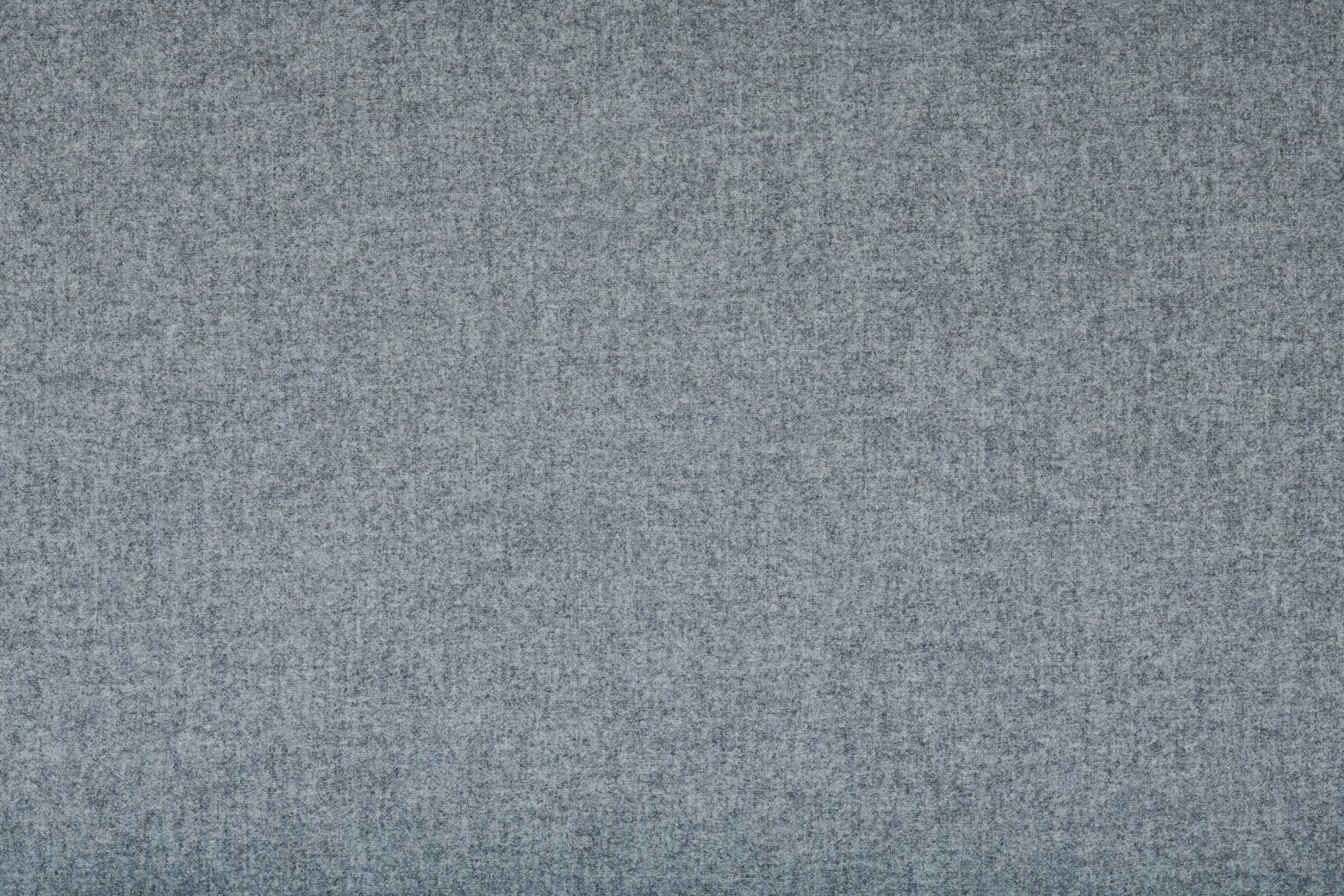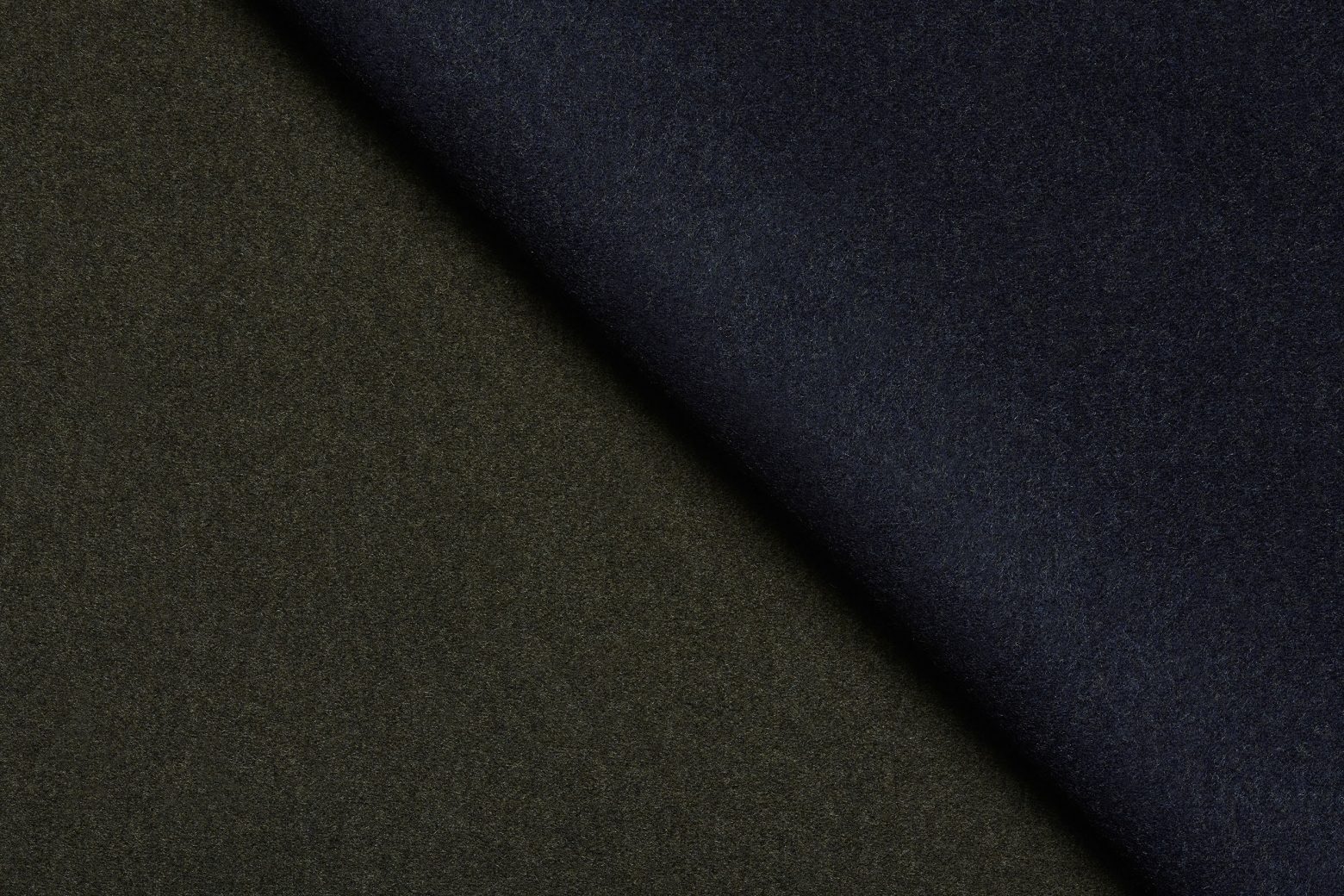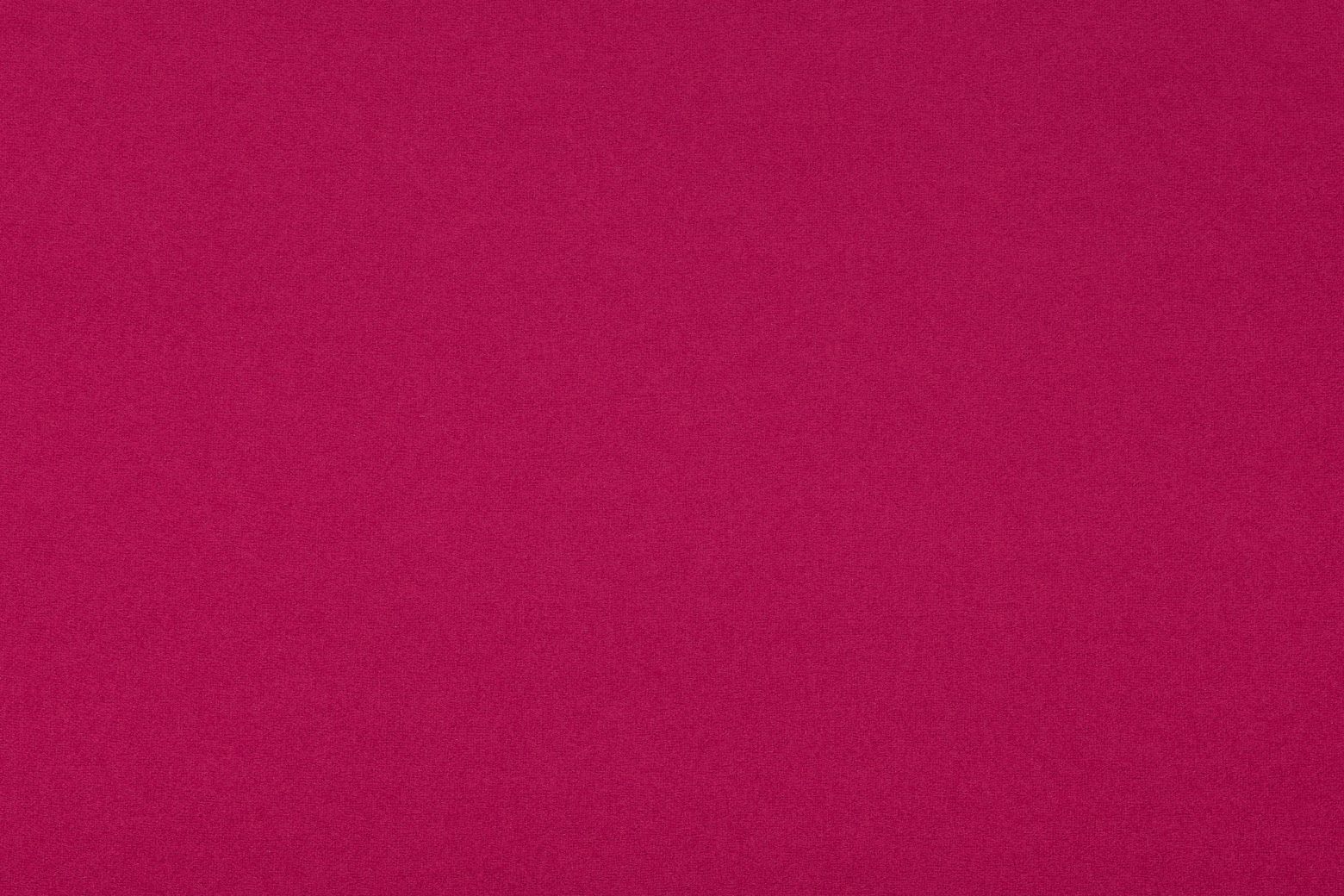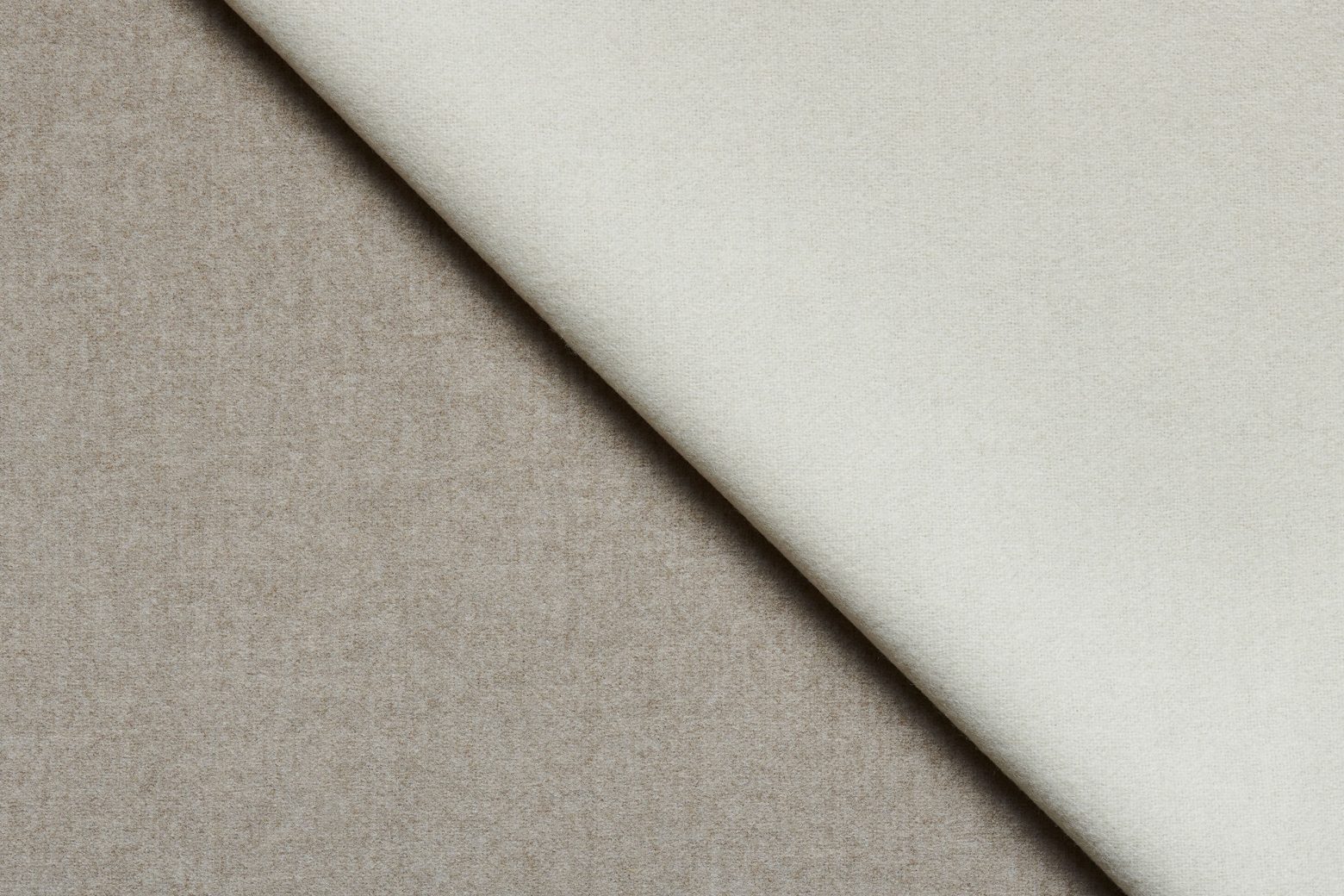Additional information
Merino wool’s overall natural stain and soil resistance is significantly better than that of cotton or synthetic fibres. It has a natural protective layer that is bonded to the surface and can therefore not easily be removed. These overlapping scales are slow to absorb liquids and thus allow spills to be wiped off before permanent staining occurs. Merino wool only generates very little static electricity and does not attract dirt or lint as most commonly used textile fibres. Further information can be found in our stain removal guide for interior fabrics.
The combination of a natural and renewable resources with innovative finishing processes makes Merino wool the number one choice for both, clothing brands and fashion designers. These innovations meet increasing consumer demands for more functional fabrics and create new opportunities for textile production.
Australian Merino wool is much finer than traditional types of wool and feels luxuriously gentle on the skin. Merino wool fibres actively regulate temperature, forming a microclimate around the body. It easily adapts to the body’s temperature under changing conditions, enabling the body to retain an optimum temperature in hot or cold environments. This characteristic makes wool a versatile all-season fabric. Merino wool is able to absorb perspiration and then release it into the air. It is a highly breathable material and as it decreases the humidity between the skin and the garment, it is also less prone to clamminess.
Merino wool’s overall natural stain and soil resistance is significantly better than that of cotton or synthetic fibres. It has a natural protective layer that is bonded to the surface and can therefore not easily be removed. These overlapping scales are slow to absorb liquids and thus allow spills to be wiped off before permanent staining occurs. Merino wool only generates very little static electricity and does not attract dirt or lint as most commonly used textile fibres. Further information can be found in our stain removal guide for interior fabrics.
The combination of a natural and renewable resources with innovative finishing processes makes Merino wool the number one choice for both, clothing brands and fashion designers. These innovations meet increasing consumer demands for more functional fabrics and create new opportunities for textile production.
Australian Merino wool is much finer than traditional types of wool and feels luxuriously gentle on the skin. Merino wool fibres actively regulate temperature, forming a microclimate around the body. It easily adapts to the body’s temperature under changing conditions, enabling the body to retain an optimum temperature in hot or cold environments. This characteristic makes wool a versatile all-season fabric. Merino wool is able to absorb perspiration and then release it into the air. It is a highly breathable material and as it decreases the humidity between the skin and the garment, it is also less prone to clamminess.














Leichtfried mainly uses extra fine Australian Merino wool to ensure they maintain their oustanding quality and durability.
Founded in 1884 the Leichtfried woollen mill is specialized in the production of high-quality woollen cloth and Loden fabrics.
The entire production process is in our hands. This ensures that every metre of loden leaving our production represents highest quality.
Leichtfried mainly uses extra fine Australian Merino wool to ensure they maintain their oustanding quality and durability.
Founded in 1884 the Leichtfried woollen mill is specialized in the production of high-quality woollen cloth and Loden fabrics.
The entire production process is in our hands. This ensures that every metre of loden leaving our production represents highest quality.
















